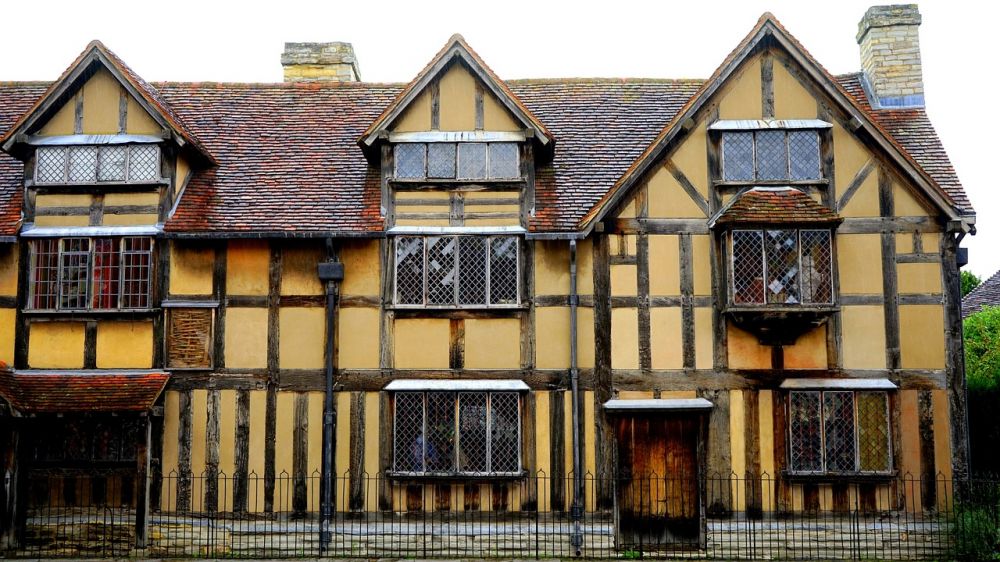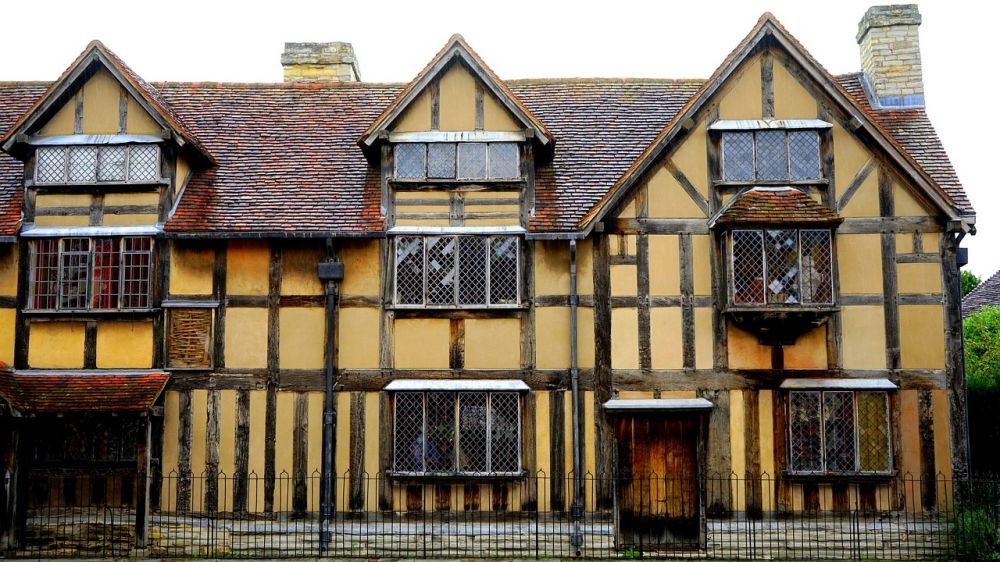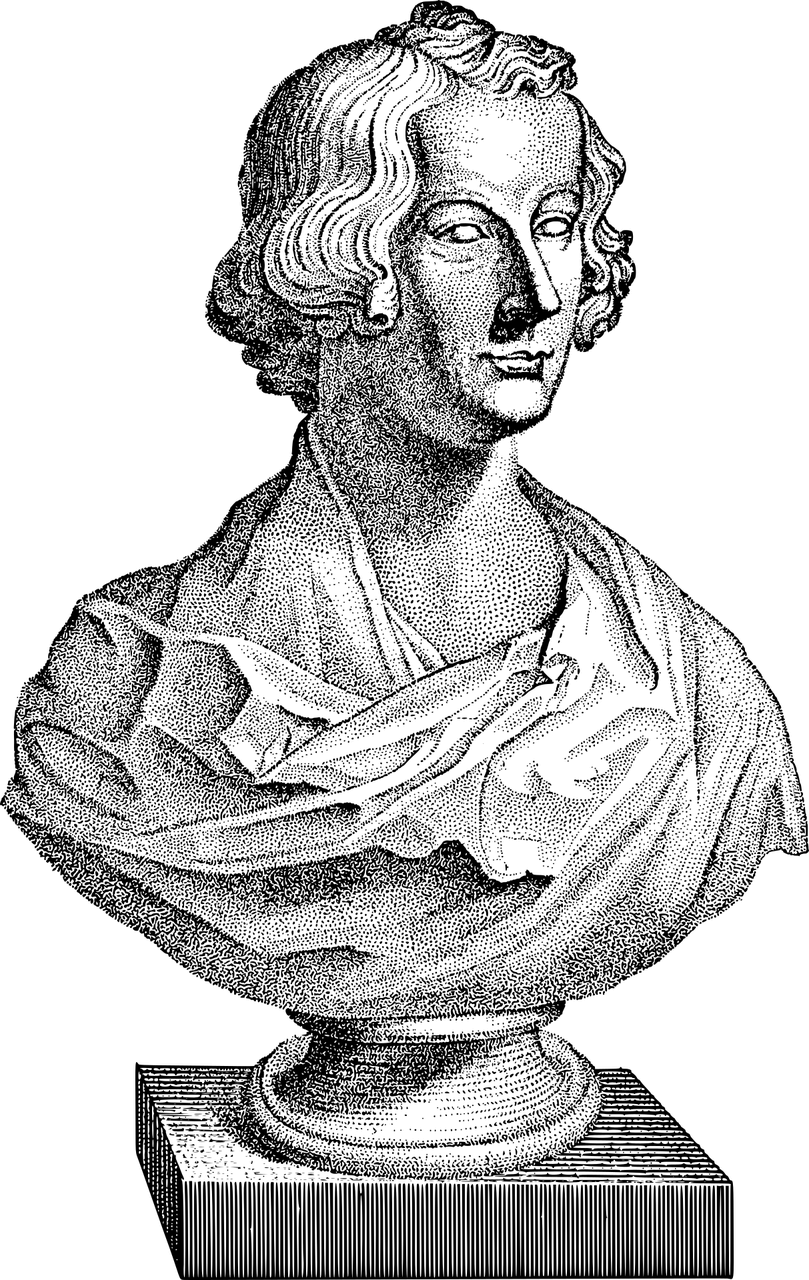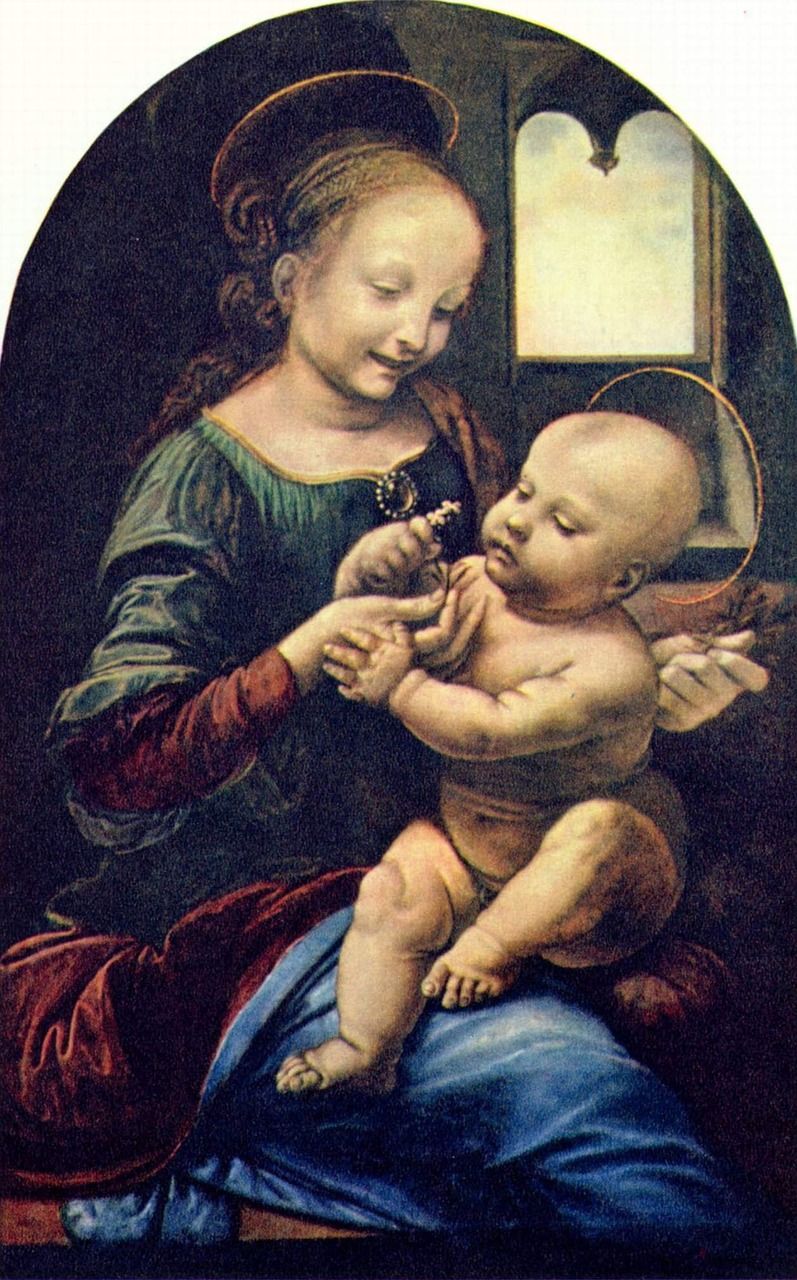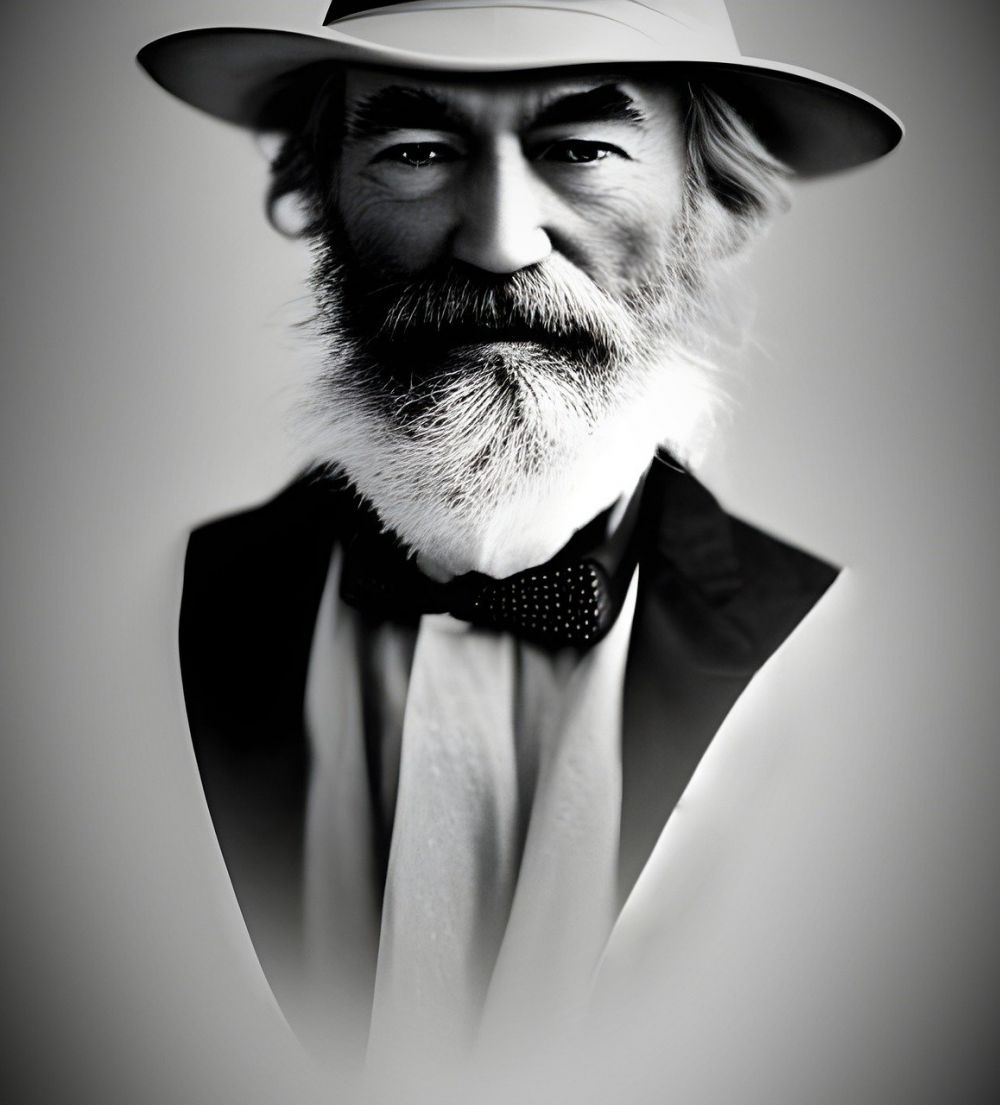Edgar Allan Poes The Raven is a haunting and iconic poem that has captivated readers for over a century
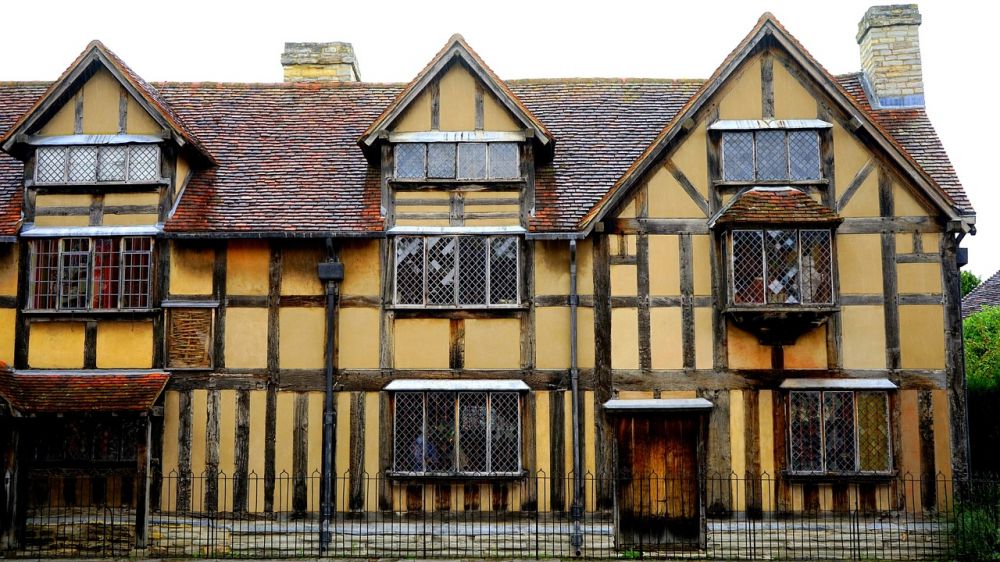
This article will delve deep into the essence of this literary masterpiece, providing essential information for those interested in understanding its significance. From its inception to its enduring legacy, we will explore the historical evolution of “The Raven” and its impact on the world of literature.
Introduction to “Edgar Allan Poe’s The Raven”
“The Raven” is a narrative poem written by Edgar Allan Poe and published for the first time in 1845. Known for its eerie and melancholic tone, it tells the tale of a narrator who is visited by a talking raven one night. The raven’s repeated response of “nevermore” becomes a haunting refrain throughout the poem, symbolizing the narrator’s descent into madness and obsession.
The poem’s gripping imagery and powerful use of symbolic elements have made it one of Poe’s most renowned works. It explores themes of grief, loss, and the human desire for meaning and understanding in the face of mortality. “The Raven” continues to captivate readers with its evocative language and dark exploration of the human psyche.
Historical Evolution of “Edgar Allan Poe’s The Raven”

Upon its publication, “The Raven” garnered immediate acclaim and solidified Edgar Allan Poe’s reputation as a master of the macabre. The poem’s popularity quickly spread, captivating readers from all walks of life. Its inclusion in various anthologies and literary magazines further propelled its fame, cementing its status as one of Poe’s most enduring creations.
“The Raven” became a cultural phenomenon, transcending the boundaries of literature. Its captivating narrative and evocative imagery captured the imagination of artists across different mediums. It inspired numerous visual interpretations, theatrical adaptations, and musical compositions. The poem’s influence is evident in the works of renowned artists such as Gustave Doré, who created stunning illustrations to accompany Poe’s macabre verses.
Throughout the years, “The Raven” has remained a timeless classic, continuously resonating with readers and retaining its relevance in contemporary culture. Its presence in popular culture can be seen in movies, songs, and even in the naming of sports teams and establishments. This enduring popularity is a testament to the profound impact of Poe’s poem on the collective consciousness.
Structuring the Text for Featured Snippet Optimization
In order to increase the likelihood of featuring as a snippet in Google search results, it is important to structure the text in a clear and organized manner. Here is a suggested structure:
1. Introduction (): Edgar Allan Poe’s “The Raven”: A Haunting Masterpiece
– Brief overview of the poem’s content and importance
2. Understanding “The Raven” (H2)
– Analysis of key themes, such as grief, loss, and the human psyche
– Discussion of the poem’s narrative structure and use of symbolism
3. Historical Evolution of “The Raven” (H2)
– Early reception and immediate acclaim upon publication
– Influence on visual arts, theater, and music
– Continued relevance in contemporary popular culture
4. Visual Interpretations of “The Raven” (H2)
– Gustave Doré’s iconic illustrations and their impact
– Other notable visual adaptations and their unique perspectives
5. The Raven’s Legacy (H2)
– Contemporary references and allusions in popular culture
– Exploration of “The Raven” as a timeless piece of literature
6. Conclusion
– Summarize the lasting impact and enduring popularity of “The Raven”
– Encourage readers to explore the poem’s complex themes and rich symbolism
By structuring the article using these headings, bullet points can be utilized within each section to highlight key details and enhance readability.
In conclusion, Edgar Allan Poe’s “The Raven” is a hauntingly splendid poem that has left an indelible mark on the world of literature. This article has provided a comprehensive understanding of its significance, delving into its historical evolution and enduring legacy. “The Raven” continues to mesmerize and captivate readers with its evocative language, powerful imagery, and exploration of universal themes. Its influence on popular culture and the arts is a testament to the lasting impact of Poe’s macabre masterpiece.
